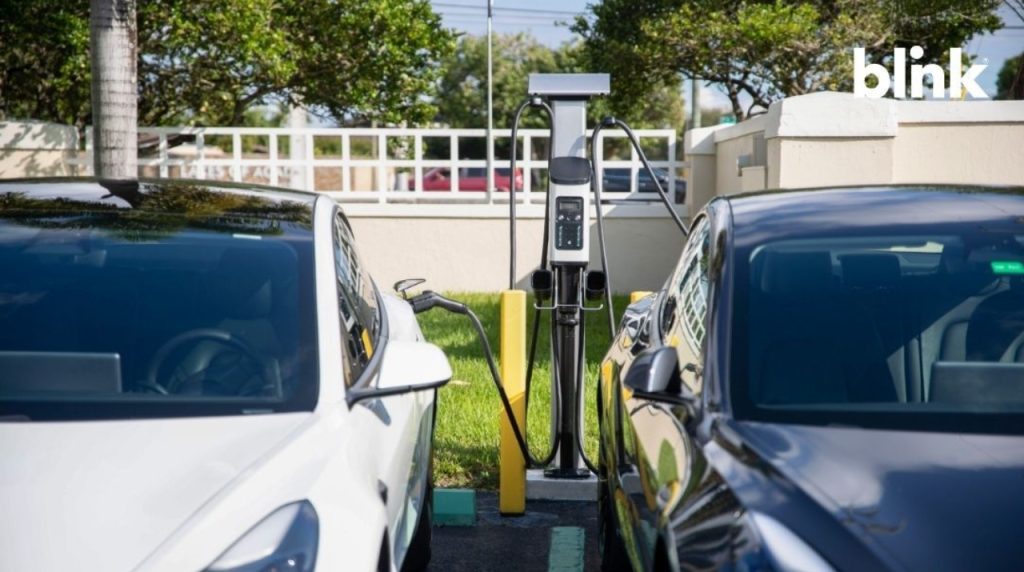Blink Charging, a key player in the development of electric mobility on a global scale and with great impact in Latin America, presents a guide to maintain an electric vehicle in optimal conditions.
The company explains that electric vehicles differ from internal combustion cars, mainly in that they have fewer moving parts that require constant maintenance.
According to data from Blink Charging, a conventional car can have more than 2,000 moving parts, and an EV has around 20.
The battery of an electric vehicle is vital; it is its main source of energy. Taking proper care of it is key to maintaining the vehicle’s range and overall health.

You may also read: Expansion of the Electromobility Ecosystem from Blink Charging’s Perspective
How to Take Care of the Battery?
Blink Charging recommends avoiding exposing the EV to extreme temperatures. It also considers it important not to drain the battery 100%, as this can reduce the battery’s lifespan.
“It is not necessary to charge the battery to 100% unless you are going on a long trip; keeping it between 20% and 80% is optimal for daily use,” the company explains.
Blink also points out that charging the car a little more than usual during the winter is advisable to compensate for the use of the heating system.
In another vein, the company invites users to check tires regularly.
Tires are essential to improve safety and efficiency in an electric vehicle, so they should be kept in good condition.

The brakes are another aspect to be taken into account to keep the electric vehicle in good condition.
Regenerative braking in an EV allows energy to be recovered during deceleration and reduces brake wear.
For optimal brake performance, Blink recommends keeping the brake fluid at the recommended level and making sure there are no leaks.
In that sense, it is important to clean the braking system, change brake pads when necessary, follow the inspections recommended by the manufacturer, maintain stable temperatures and be attentive to the cooling system.







